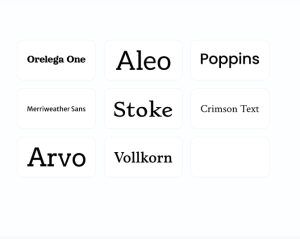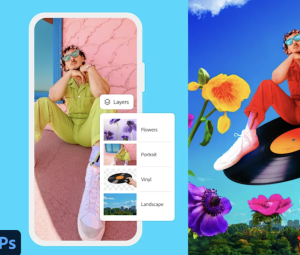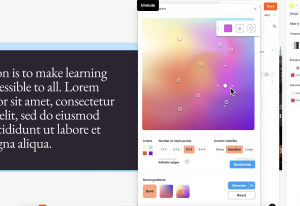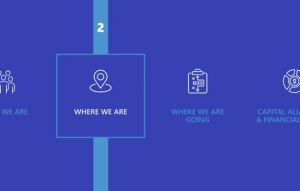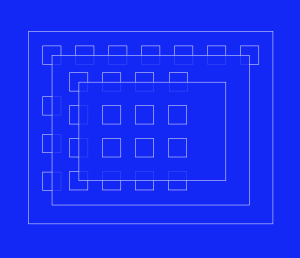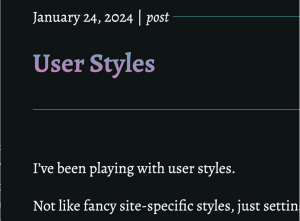Top 10 Font Pairing Generator
Typography is especially crucial in design, whether it is for a website, printing materials, or other branding essentials. However, choosing the perfect font combination may seem daunting, even for seasoned designers. Playing the “guessing” game for hours can sometimes make you pull the strands out of your hair. Fortunately, there are font pairing generators or tools online that will make this process a little bit easier. These tools help both…

